TAYSIR BATNIJI | Two special Projects by one of the most influential Palestinian documentary and fine art Photographer
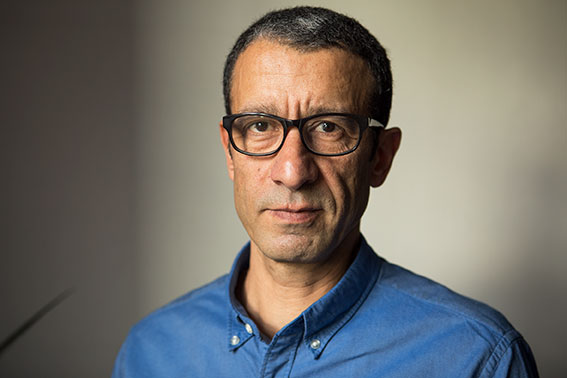
Taysir Batniji (born in Gaza, Palestine, 1966) studied art at An-Najah National University, Nablus, before continuing his studies in France at the École Nationale supérieure d’art de Bourges, and the École supérieure d’art et de design Marseille-Méditerranée. His work incorporates drawing, video, photography, installation, and performance, and has been shown widely in Europe, New-York, Canada and the Middle East, including at the Venice Biennale; Jeu de Paume, Paris; Rencontres de la photographie, Arles; Martin-Gropius-Bau, Berlin; Kunsthalle Wien; and Witte de With, Rotterdam.
In the work of Taysir Batniji—a Palestinian artist born in Gaza shortly before the 1967 war and Israeli occupation—impermanence and wandering, chosen or forced, experienced alone or collectively, are a prerequisite for liberty. To the comfort and stability of home (sweet home), Batniji, developing an oeuvre in perpetual motion, opposes the mobile home. Batniji tries to capture the temporal and spatial discontinuity, the points of both rupture and fusion between a given identity, stripped away even as it is embraced, and a reconstituted identity that blends genealogy, loss, and transmission.
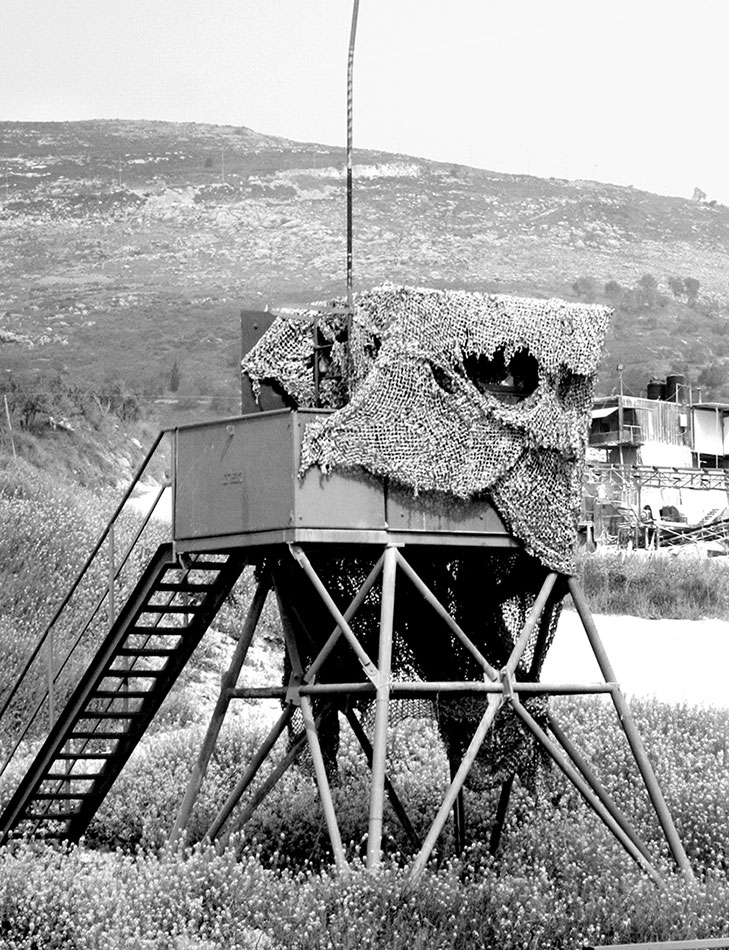
For the most part, Batniji’s works tend to blur the distinction between the visible and the invisible, appearance, and disappearance. Boundaries are porous between public and private spheres, personal and shared history, inside and outside. They also question the medium as much as the image itself, the information it contains, and its meaning. The artist creates a rift between hyper-present forms of representation well known to viewers, and the serious subject matter of war reporting.
Batniji comments, “the more that time passes, the more the prospect of a return to Palestine grows distant, the more the photos of my birthplace are of tremendous importance to me. They are my memory.”
- Sophie Jaulmes
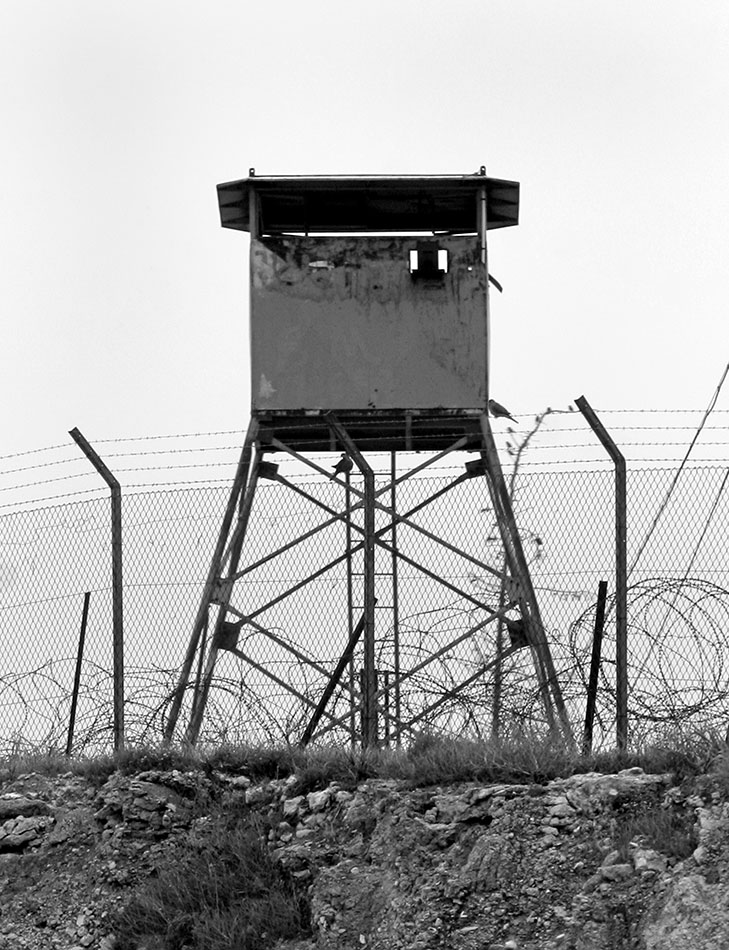
WATCHTOWERS
The idea for this project occurred to me during the 2004-2005 Bernd and Hilla Becher retrospective at the Pompidou Centre. I was struck by the formal likeness between the water towers, especially, and the Israeli watchtowers that have invaded Palestinian territory. That is why I decided to arrange these military structures “in the manner of” the Bechers.
Like the German couple that started documenting Europe’s post-industrial heritage in the late 1950s, I tried to establish a typology of watchtowers on the West Bank. I wanted to create the illusion, a sort of “Trojan Horse,” that viewers looking at these pictures think they know the subject matter and the photographers. But upon closer inspection, they quickly realize that the images display neither the Bechers’ advanced technique nor, of course, water towers.
The particularly perilous conditions under which they were taken, by a delegated Palestinian photographer (born in Gaza, I am not allowed on the West Bank), himself unaccredited to carry out this “unofficial” mission, are visible: blurriness, clumsy framing, flawed light, etc. On the Left Bank, there is no way to set up the same kind of heavy gear that the Bechers used to wait several days before the light is right and to take time to frame the shot. No aestheticization is possible. There is no way to envisage these functional military structures as sculptures, much less as heritage.
Taysir Batniji, text co-written with Sophie Jaulmes.
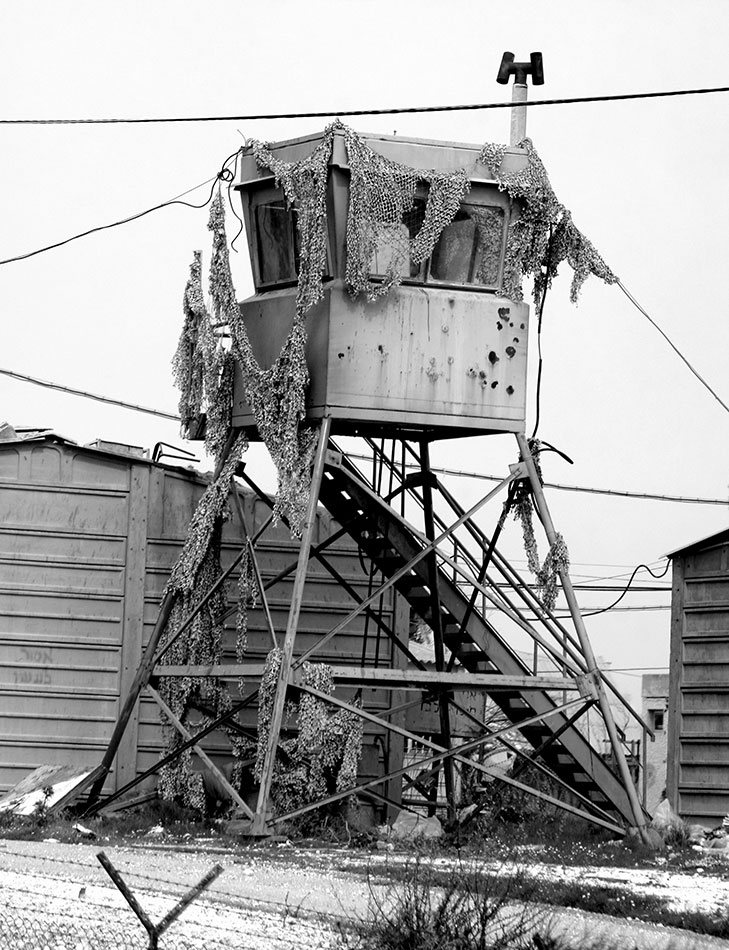
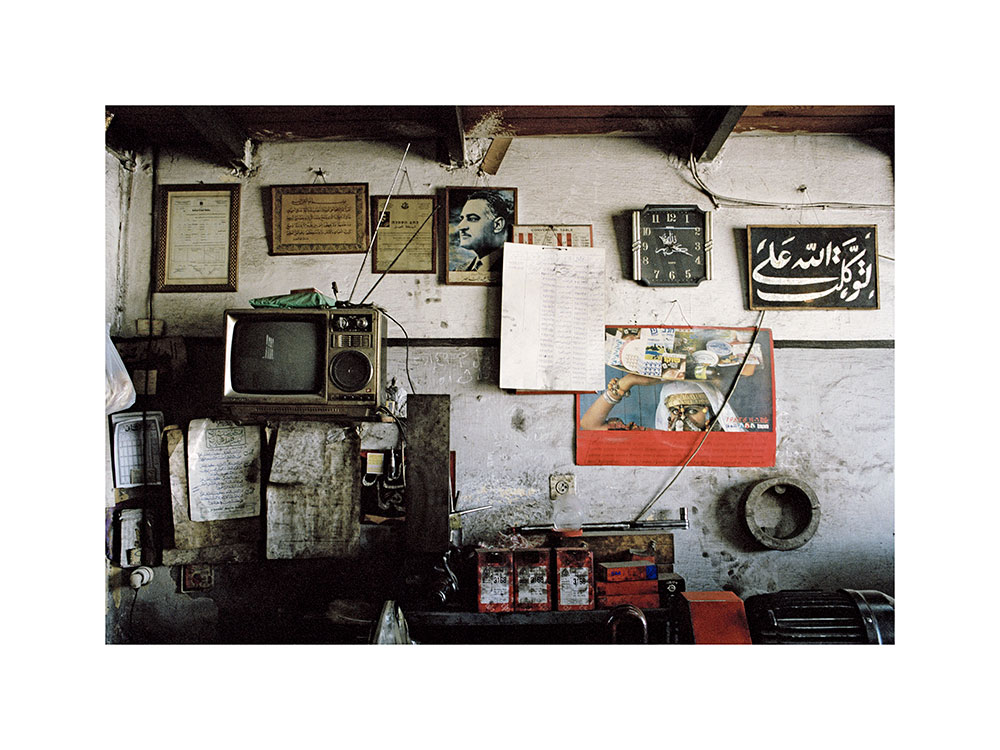
FATHERS
The series “photographic portraits” made in Gaza’s shops, cafés, factories and other workplaces between 2005 and 2006. The project focuses on framed portraits of “masters of the house” (usually the late founder or, more rarely, the present boss) hanging behind a counter, conspicuously sitting on a shelf or hiding amidst a jumble of stuff for sale —“Unconscious compositions #1” arranged by the owners.
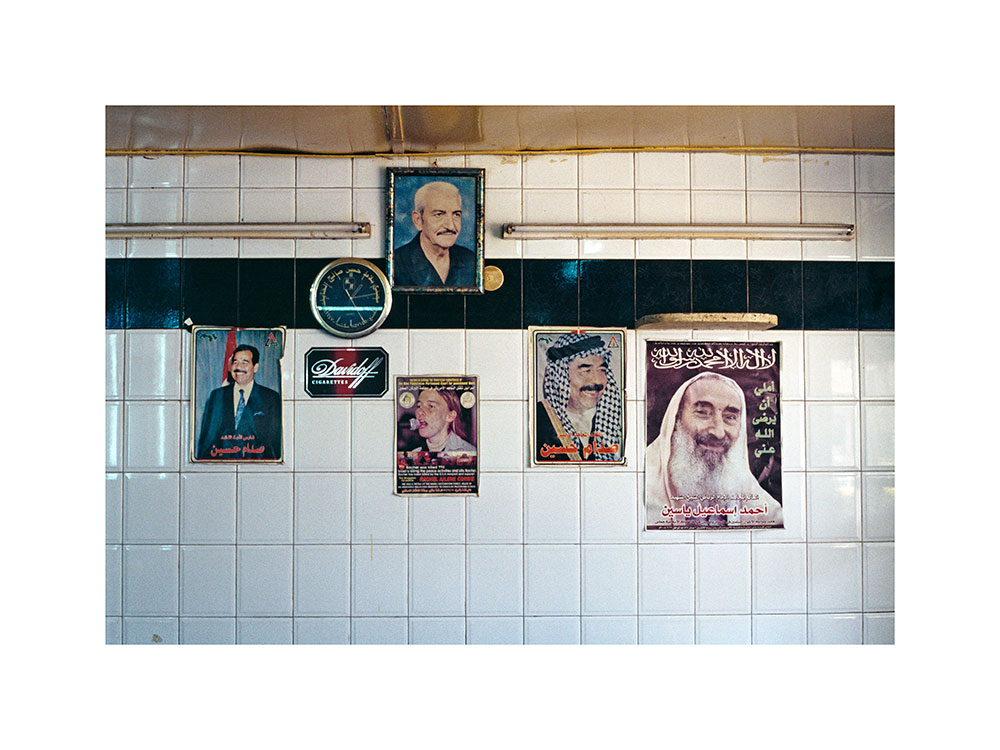
A sociologist might see this work as a questioning of the father’s place in Palestinian or Arab society, the perpetuation of the hierarchical power and authority he exerts after death through his image.
Here, the gesture is rather a way for the successor (the son or a close relative) to pay homage to the “father,” allowing him to belong and remain in the place he created, where he thrived and spent most of his life. It is a way for him to stamp the premises with the presence of the man from whom he inherited it. Beyond any sociological or cultural analysis, this series, and some of my prior work, fulfill a personal interest in that state (or non-state) of present absence or absent presence —an “in-between” state. For the shopkeeper, representing absence, and the relationship created between the image of the “father” and the elements that make up the photographic field delimited by the frame (the image in the image) is, in a way, an unconscious attempt to establish a link between the past and the present contextual environment.

For my part, this work is also, more broadly, a way to question history and current events.
I also question the encounter between the private and public spheres here: the portrait of the “father” —a private “shrine,” family reference, social reminder of the patriarch and public (collective) genealogical memory— and the shop, a living area (inside) as well as a place of daily, continuous, common trade (outside). Like the shop’s open door, the boundary between those spheres is porous, ambiguous, blurry. Neither public nor private, it is an “in-between” space.
Taysir Batniji, 2006, co-written with Sophie Jaulmes
1. Term borrowed from Walker Evans.

